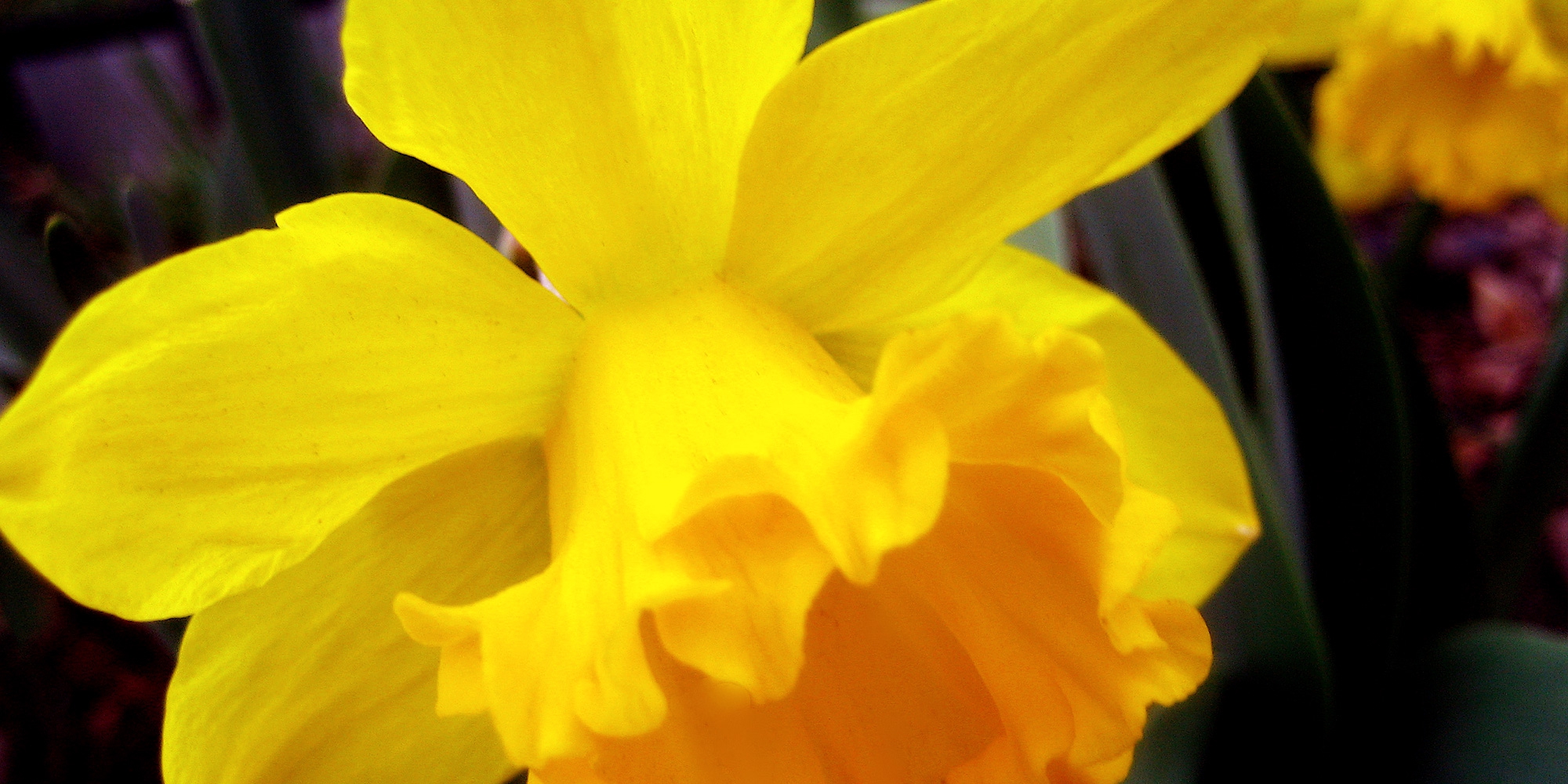Getting bulbs to flower indoors outside of their regular is called forcing bulbs and it's a great way to enjoy flowers indoors.
Plants have a particular flower time. But what causes that plant to flower that time of year? Usually plants are triggered by one or two things.
The first is daylight - either lots of it or less of it. Plants like Sunshine Impatiens are triggered by long days. Other plants like Poinsettias or Mums are triggered by shorter days. That's why it can be hard to get poinsettias to re-bloom in your home after the first season.
The second is cold. Many perennials are triggered by cold spells but also many bulbs. Using this cold period to our advantage, we can trick bulbs to flower indoors. Daffodils, Tulips, and hyacinths are often pre-chilled for the proper amount of time and then they will flower. If you just take a daffodil bulb from the shelf in the fall and plant it, you only get leaves and not flowers. Take the same bulb and chill it at the right temperature for the right amount of time and it will flower.
Not all bulbs are ideal for forcing and it can be a real art to get the forcing to work properly. Luckily, some bulbs have already had their cold treatment and are ready for planting. These bulbs are sometimes called prepared bulbs. The most common ones are hyacinths, paperwhites (a type of Daffodil), and Amaryllis. These plants are easy to grow indoors and get great flowers.
Typically, a forced bulb will flower 4-8 weeks after being planted. With forced bulbs, the most common way to plant them is in soil. Indoors, you can plant them so the soil covers about 2/3 to 3/4 of the bulb - they don't need to be planted as deep as if they were planted outside.
Another alternative way to plant bulbs and having an interesting show indoors is using a forcing vase. These vases are typically glass and have a slightly smaller neck and the bulb sits on the top of the vase. Place enough water in the vase so it's just below the bottom of the bulb. As the bulb grows, the roots drop into the water and the flowers grow and bloom without any soil. Make sure to change the water every so often since it can get a little stale.
If you want another creative way to grow smaller forced bulbs like paperwhites, is to place pea gravel or decorative stones in a waterproof container. Fill the container with water just shy of the surface of the stones. Then place your paperwhites on top of the stones. The roots will weave into the stones to pick up the water while their blooms grow above. Just be prepared to support your flowers somehow if they get a little top-heavy.
To keep your bulbs for the next year, the best bet is to plant your bulb in soil after blooming and then plant them in your garden for the summer. As it starts to get cool and/or the foliage dies off, dig up your bulb, remove the soil, and store it in a cool, dark place for a month or two. Then you can restart the process next fall and enjoy your flowers in the winter again.

